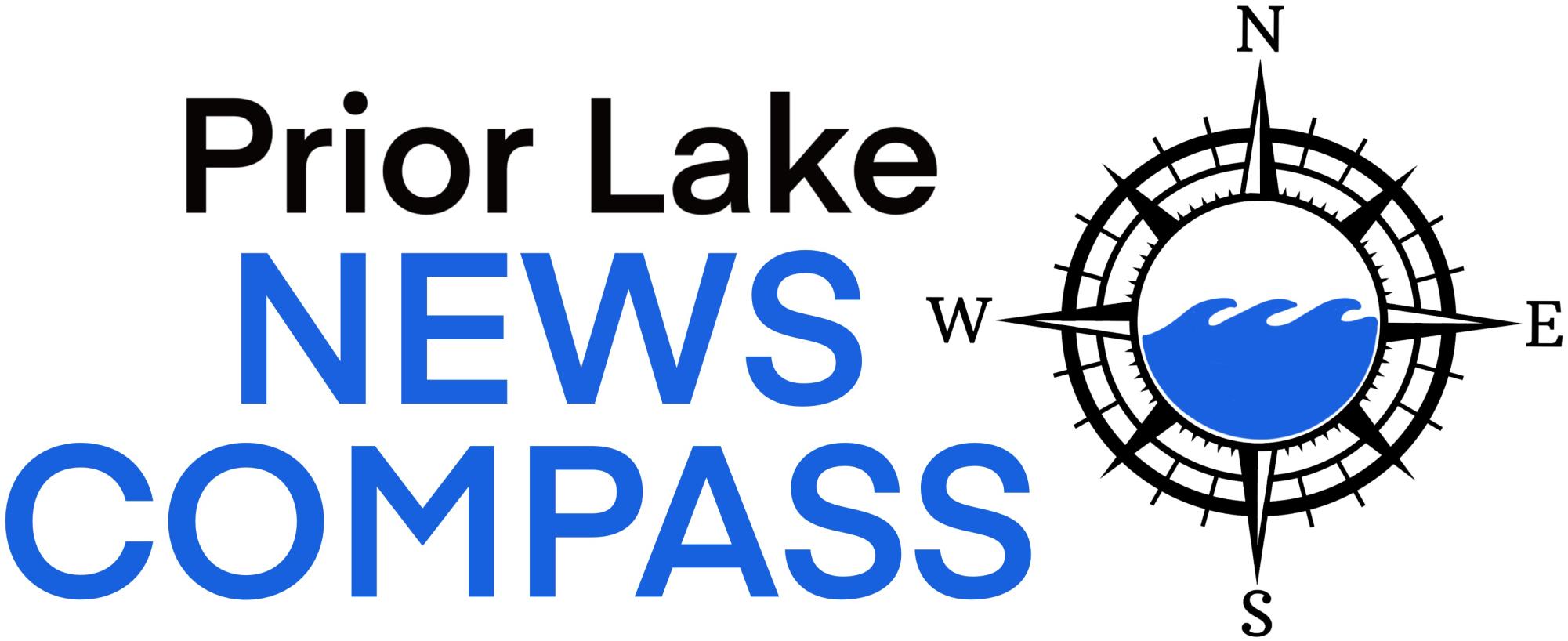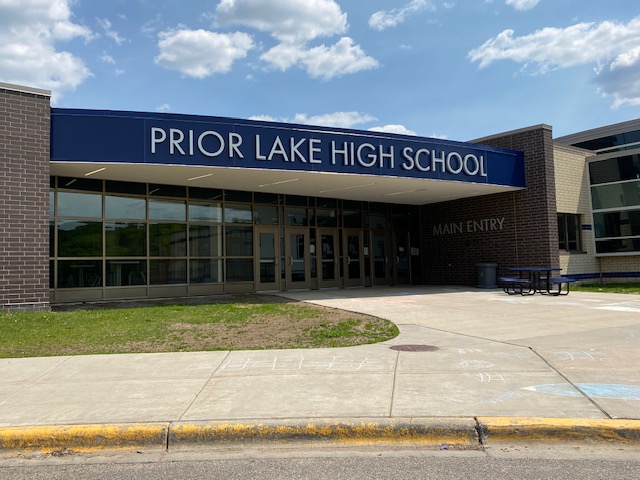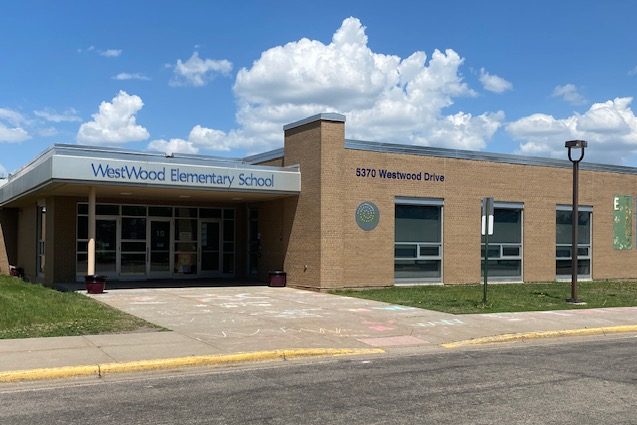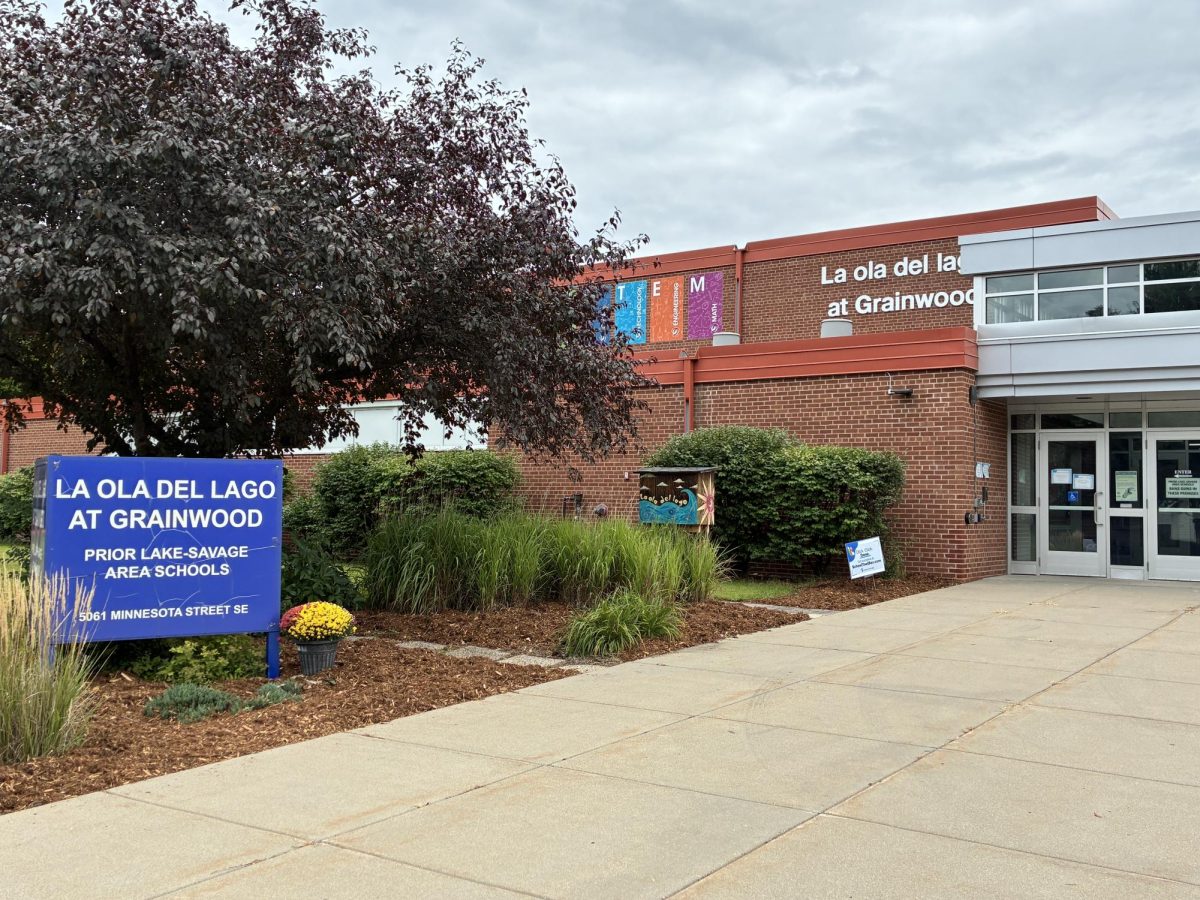The Prior Lake-Savage Area School Board reviewed during its Sept. 22 study session the preliminary financial numbers for the previous year and found the district needed to draw down $786,456 more from its general fund to cover expenses.
Executive Director of Business Services Lisa Rider reviewed with the board the preliminary numbers. She explained that the audit process has three stages: the district calculates its total revenue and expenditures, the auditors then test that data and make any suggestions for changes, and then the updated data goes into a second and final review. The second level of the audit will take place next month.
When looking at fiscal year 2025, actual district revenue came in 1% higher — or close to $1.5 million — than expected. The summary of FY2025, however, shows that actual expenditures were 2% over the budget, or nearly $2.285 million more than originally projected. which mandated the district’s large draw down.
The areas that negatively impacted the district’s total revenue were local property taxes and the district’s investment earnings/losses, which ended FY2025 1% and 18% lower than expected, respectively. The other local, county, state and federal revenue sources made up for a significant portion of the declines, resulting in the district’s total revenue coming in 1% higher than expected.
When reviewing the district’s expenditures, Rider broke down the expenditures by the departments or programs that used the funds. Transportation as well as the district’s fiscal and fixed-cost programs were 19% and 16% over budget, respectively. Expenditures for Special Education instruction exceeded the budgeted amount by 5%, or $1.327 million.
When asked about next steps, Rider stated, “you want to know the past and the why, but what we really need to be focusing on is what will we do moving forward and how are we going to address that.” When considering the 2026-27 budget, her plan is to manage and address the pressures and increases in expenditures. However, she stated that it is also important to look at other possible revenue sources as a long-term focus. “You can’t just focus on the one year. We also need to looking out beyond that,” she said.
Director of Operational Services Dan Powers noted that one of the reasons that transportation had one of the highest budget overages last year was due to a district software issue, which created “a tremendous amount of work for the transportation company.” He stated that the software problem has been addressed, so similar issues are not expected in the coming year.
Superintendent Michael Thomas added that this is the last year of the transportation contract. In the future, the district will be analyzing those costs and looking for better ways to control transportation expenses. Director Lisa Atkinson asked if the new transportation contract will come before the board for review. Thomas stated that the process will be similar to what is currently being done with the district’s search for a commercial brokerage firm. That process will begin within the next month.
Rider pointed out that last year’s Purchased Services costs were 111% of what was budgeted for that department. She said that the top five expenditures in that department were transportation at 47% of the total, PSEO at 9%, property and casualty liability insurance at 5.5%, federal tuition billing 4.9%, and state special education costs at 2.77%. She said that while some of those costs could be scrutinized, the district has less control over others, such as insurance and utilities.
Director Jessica Olstad asked if the transportation RFP will be posted after the updated boundaries are determined. Thomas said that the RFP will be sent out in later fall so that the district has more accurate information to give to potential transportation companies.
Rider said the budget timeline for the 2026-27 school will be discussed in October, followed by the truth in taxation hearing in November, and reviewing the 2025-26 budget to see what adjustments need to be made in December. Director Jessica Mason asked if December was too late for the board to have an opportunity to review options. Thomas said that the senior leadership team is currently looking at areas in which adjustments could be made, such as purchased services.
Additional discussion included the possibility of creating a buffer for the higher expenditure areas, such as transportation and special education, in order to avoid the continued budget overages seen in those areas. It was noted, however, that to create such a buffer, the board would have to take funds from other departments or programs to cover the expense category transfers.




